Diabetes in Cats: Symptoms, Treatment & Monitoring
31.03.2022.
As responsible cat owners, we all want what’s best for our cats. However, some things can be pretty hard to protect them from. One of those things is diabetes. Diabetes in cats is a growing concern, and more and more American cats are dealing with this problem. If you have an overweight cat or are just worried about your cat’s health, here are the most important things you need to know about diabetes in cats.
What exactly is diabetes in cats?
Diabetes mellitus is a disease that affects the pancreas, a small organ located near the cat’s stomach. The pancreas contains two types of cells that perform very different functions. The enzymes required for proper digestion are produced by one group of cells. The other type of cells, known as beta cells, produce insulin. This hormone regulates the level of glucose (sugar) in the bloodstream and controls the delivery of glucose to the body's tissues. Diabetes mellitus is caused by the pancreas's inability to regulate blood sugar levels.
Diabetes mellitus clinical signs are associated with elevated blood glucose concentrations and the body's inability to use glucose as an energy source.
RELATED: What Does Blood in Cat Urine Mean? Should I Be Worried?
What are the symptoms of diabetes in cats?
Diabetes mellitus is characterized by four major symptoms:
- Increased thirst
- Increased urination
- Weight loss
- Increased appetite
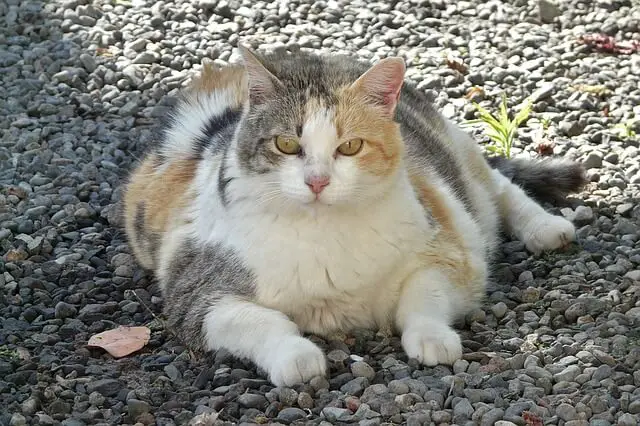
Because of the nature of cats, these signs may go unnoticed, particularly in the early stages of a disease or if a cat spends a lot of time outside. Cats fed canned or semi-moist diets get a lot of their water from their food, so increased water intake will be harder to detect.
Is there a variety of diabetes mellitus in cats?
Diabetes mellitus is typically divided into three types:
- Type I diabetes mellitus is caused by the complete or near-complete destruction of the beta cells. This appears to be a unique form of diabetes in cats.
- Type II diabetes mellitus differs in that some insulin-producing cells remain. Still, the amount of insulin produced is insufficient. There is a delay in secreting it, or the cat's tissues are relatively insulin-resistant. Obesity appears to be a risk factor for type II diabetes, which appears to be the most common type of diabetes in cats.
- Type III diabetes is caused by insulin resistance caused by other hormones, which can occur during pregnancy or as a result of hormone-secreting tumors.
RELATED: Kidney Failure in Cats: Causes, Symptoms & Treatment
How common is diabetes mellitus in cats?
Feline diabetes is the second most common endocrine disease in cats, after hyperthyroidism. It is more common in middle-aged to senior cats, and males are more affected than females. While the exact incidence is unknown, the number of diabetic cats is rising at an alarming rate as the number of overweight and obese cats rises. It is important to note that a cat that is three pounds overweight is considered obese, which means that the average domestic cat weighing 13 pounds or more is at high risk of developing type 2 diabetes mellitus.
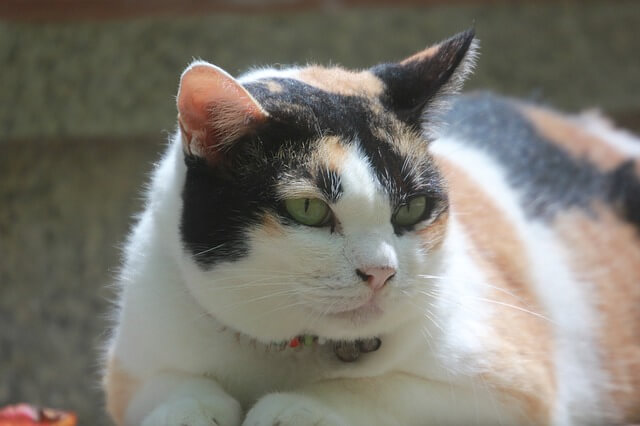
RELATED: Pancreatitis in Cats: Causes, Symptoms & Treatment
How do vets diagnose it?
Diabetes mellitus is identified by the presence of typical clinical signs (excess thirst, excessive urination, excessive appetite, and weight loss), a persistently high level of glucose in the blood, and the presence of glucose in the urine. Diabetes is the most common disease that causes blood glucose levels to skyrocket.
To conserve glucose within the body, the kidneys do not filter glucose from the bloodstream into the urine until it reaches an excessive level. Cats with normal blood glucose levels will not have glucose in their urine. Diabetic cats, on the other hand, have excessive amounts of glucose in their blood, which leaks into their urine. When blood glucose levels reach a certain threshold, the excess is removed by the kidneys and excreted in the urine. This is why sugar can be found in the urine of cats and people with diabetes mellitus (glucosuria).
A serum fructosamine test may be required to confirm feline diabetes mellitus. This test determines the average blood glucose levels over the previous 7-14 days.
RELATED: Cat Diarrhea: How Dangerous Is It?
How is feline diabetes treated?
Diabetes mellitus is a manageable disease. Although long-term treatment requires commitment and dedication, successfully managing this condition in a beloved cat can be rewarding.
The first step in treating a diabetic cat is to eliminate any potential causes of diabetes. Some medications, such as corticosteroids, predispose cats to diabetes, and discontinuing these drugs may result in the condition being resolved. Obesity is a risk factor for diabetes in cats, so losing weight may result in diabetes resolution in some of them.
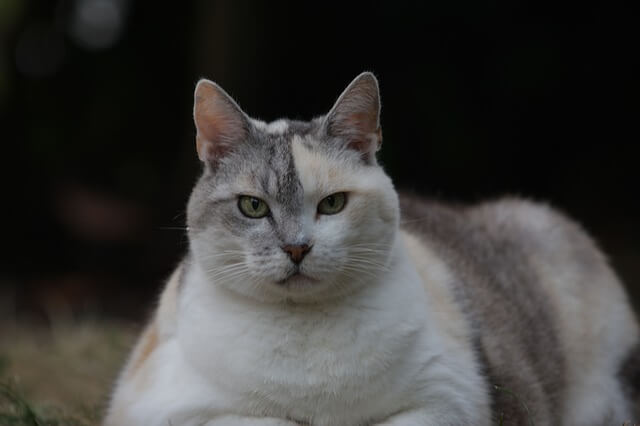
All cats with diabetes mellitus benefit from a well-balanced diet. Your veterinarian is the best source of information on which nutrient profile will benefit your cat the most. Many cats with diabetes mellitus benefit from a diet high in protein and low in carbohydrates because a low carbohydrate diet reduces the amount of glucose absorbed from the intestinal tract, thus reducing the need for insulin. Unfortunately, while nutrition is a critical component of successful diabetes management in cats, it is not always as simple as making a simple nutritional choice.
RELATED: How Heavy Should My Cat Be? What’s a Healthy Cat Weight?
Most cats, at least initially, require regular insulin injections to control their diabetes mellitus. Your cat may need to visit the hospital several times before an appropriate insulin dosage is determined. Home glucose monitoring with a simple device, such as an AlphaTrak 2, has become possible thanks to advances in technology.
Additional home monitoring can include testing urine for the presence of glucose; however, this is not a very sensitive method of monitoring glucose levels, and insulin changes should not be made based on urine glucose levels. Most cats will achieve stabilized condition within a couple of days to a couple of weeks. They will require a small dose of insulin injected once or twice daily. There are very small needles available that cause no pain to the cat, and the procedure becomes routine in a short period of time. Insulin pens are now available, making it even easier to administer insulin injections to your pet. Your veterinarian will determine the best insulin administration schedule, dosages, and type for your cat.
Is any monitoring needed?
Yes, it is critical to monitor feline diabetes treatment to ensure that the cat is doing well. Home blood glucose monitoring is becoming more popular and common. However, your veterinarian will collect blood samples on a regular basis as part of your treatment monitoring.
RELATED: How Much Sleep Do Cats Need Each Day?
It is especially important to keep accurate records of the following information to aid in the care of your cat:
Daily:
- Time of insulin injection
- Amount of insulin injected
- Amount of food fed
- Amount of water consumed
Weekly:
- Weight of the cat
Although urine test strips cannot be used to guide insulin dose, they can be used to monitor the amount of glucose passed in the urine to determine the need for additional testing such as full glucose curves or other laboratory tests.
It is usually easiest to collect cat urine by replacing regular cat litter with specially designed urine collecting pellets or clean and washed aquarium gravel overnight. These materials will not absorb urine, which can then be collected and tested in a clean container. Your veterinarian may give you test strips to dip into your urine to determine the blood sugar level.
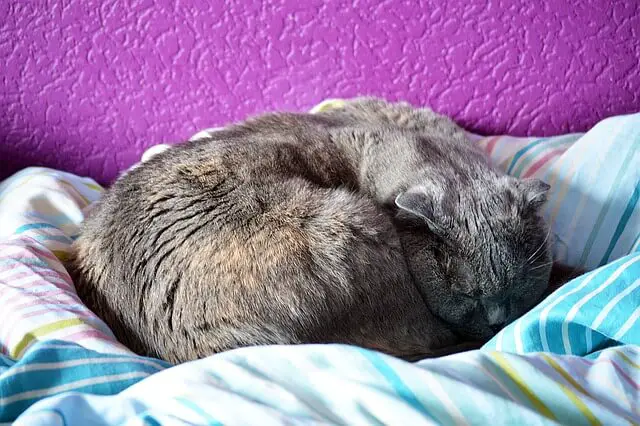
If there is a significant change in the amount of glucose in the urine or blood glucose levels, this may indicate that the insulin dose needs to be adjusted, but you should never change the insulin dose without first consulting your vet. Because blood glucose levels vary from day to day, insulin doses are usually adjusted based on trends in blood glucose levels.
What happens if my cat receives an excessive amount of insulin?
If a cat is given too much insulin, its blood sugar level can fall dangerously low (hypoglycemia). As a result, it is critical to exercise extreme caution in order to ensure that the cat receives the correct dose of insulin.
A cat with very low blood sugar levels may exhibit clinical signs such as;
- Weakness
- Lethargy
- Shaking
- Unsteadiness
- Convulsions
RELATED: How Often Should I Take My Cat to the Vet?
If a diabetic cat exhibits any of these symptoms, it is critical to take a blood glucose reading and seek immediate veterinary attention. In mild hypoglycemia, you may notice wobbling or a “drunken” walk, or the cat may appear sedated when called or petted.
A blood sugar level of less than 100 mg/dL is a medical emergency!
Your veterinarian can recommend specific emergency treatment for low blood sugar in your cat that you can administer at home until the cat can be seen by a veterinarian.
World Cat Finder Team

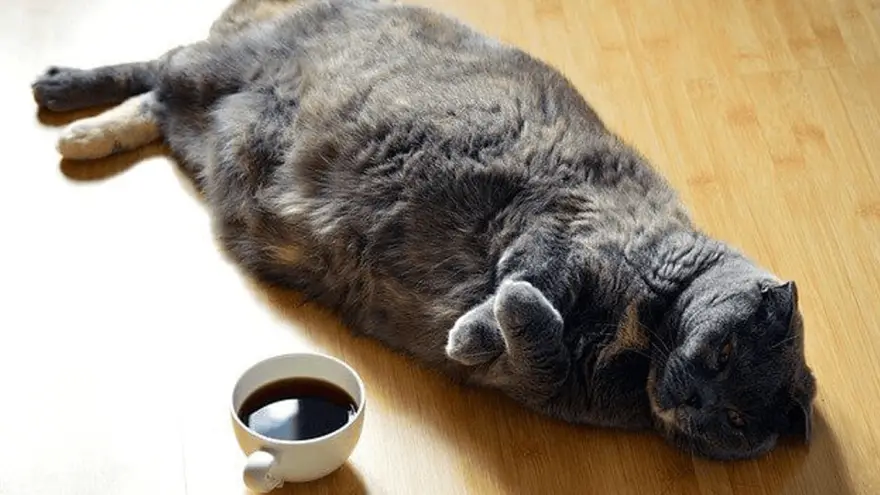

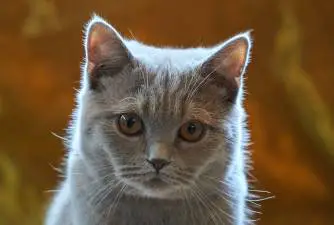



Share